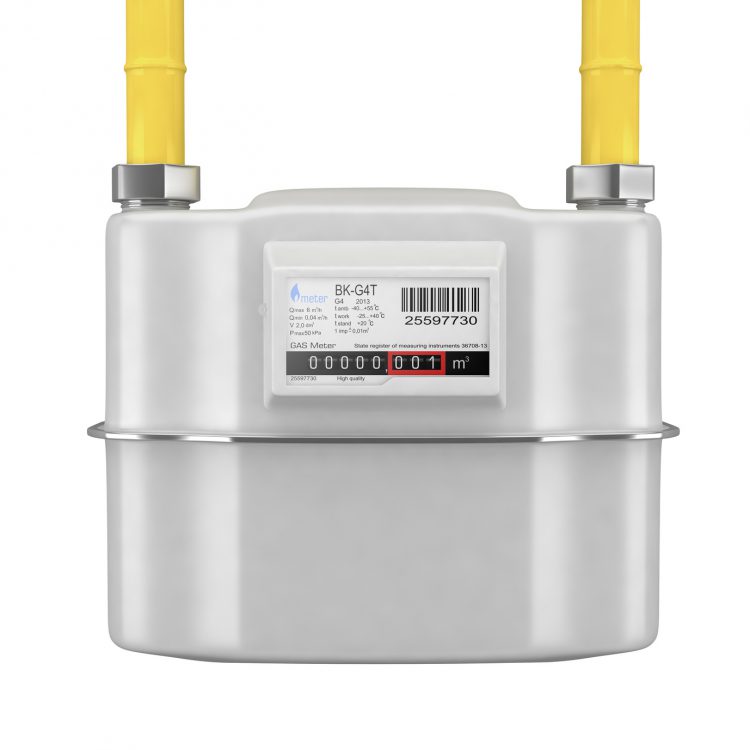OEB Staff Release Discussion Paper on Cap & Trade Framework for Natural Gas Utilities

On May 25, 2016, Ontario Energy Board (OEB) staff released a discussion paper for comment regarding the OEB's ongoing consultation for the development of a regulatory framework for the implementation of the provincial government's cap and trade program by natural gas utilities.[1] As we previously wrote, under Ontario's cap and trade program, natural gas utilities will be responsible for procuring emission allowances to cover the GHG emissions from their facilities as a well as the emissions from most of their customers, including residential, commercial and industrial customers (excluding Large Final Emitters, defined as emitting >25,000 tonnes of CO2 emissions per year) and natural gas-fired generators. A utility is not responsible for the GHG emissions of customers who voluntarily participate in the cap and trade program. Natural gas utilities will be required by the OEB to develop compliance plans setting out the utility's strategy for meeting its cap and trade obligations.
The regulatory framework is intended to establish the evaluation process to be used by the OEB to evaluate compliance plans and to set out the process by which utilities may recover the costs of implementing their compliance plans. It is expected that compliance obligation costs will include the cost of the creation and implementation of abatement programs aimed at reducing GHG emissions and the cost of the procurement of emissions allowances. As well, there will be administrative costs for utilities for monitoring, reporting and verifying emissions, purchasing and trading emission allowances and billing systems.
The discussion paper identifies five key elements of the proposed framework:
- Compliance Plans;
- Cost Recovery;
- Monitoring and Reporting;
- Customer Outreach and Education; and
- Confidentiality of Cap and Trade Information.
The discussion paper considers each of the key elements and the associated issues and options, and staff proposals. The discussion paper also includes a review of how the issues identified by staff have been addressed by California and Quebec, Ontario's future cap and trade market partners.
Key recommendations of OEB staff include that:
- The OEB follow a "light-handed" approach to the compliance plans which would require the utility to have a cost-effective portfolio of cap and trade instruments (i.e. allowances and offsets), but also allow the utility flexibility to respond to changing market conditions;
- Compliance plans span the duration of the cap and trade compliance period[2] and be updated annually. An exception would be made for the first year of cap and trade (2017) when the utility would file a one-year compliance plan to allow the utility time to gain experience with the cap and trade program before developing a more comprehensive, longer-term plan;
- The OEB develop a marginal abatement cost curve (MACC) to be used to assess compliance plans. MACCs compare the financial costs of different options for reducing emissions. Staff recommend that the OEB develop a single generic MACC, either on its own or in conjunction with the utilities, which would include all non-utility-specific abatement activities that are generally available in the market;
- Rates to recover customer-related and facility-related costs be calculated as annual volumetric charges. The facility-related rate would be applied to all customers based on their natural gas consumption. The customer-related rate would be applied to the appropriate customers (i.e. all but the Large Final Emitters and voluntary cap and trade participants) based on the customer's natural gas consumption.
- Cap and trade costs be included within the delivery charge on a customer bill and not as a separate line item. Staff is concerned that an additional line item on the bill for cap and trade costs could increase customer confusion and utility call center activity;
- Rates for customer-related and facility-related charges be set annually based on the utility's annual forecast as its forecast for the entire compliance period. True ups would be conducted on an annual basis as a separate rate application;
- The utilities file annual monitoring reports to align with the cap and trade annual rate application to be assessed by the OEB on the same performance metrics used to assess the compliance plans;
- The utilities create communication plans/strategies around customer engagement which would be reviewable by the OEB; and
- The OEB adopt specific confidentiality protocols relating to cap and trade information in OEB proceedings (e.g. auction participation and market sensitive information).
The OEB invites stakeholders to submit comments on the recommendations contained in the staff discussion paper by June 22, 2016. Following receipt of comments, the OEB will advise of the next steps in the development of the framework.
[1] There are three rate-regulated natural gas utilities in Ontario that will be subject to cap and trade: Enbridge Gas Distribution Inc., Natural Resource Gas Limited and Union Gas Limited.
[2] Initially four years followed by three-year compliance periods.
